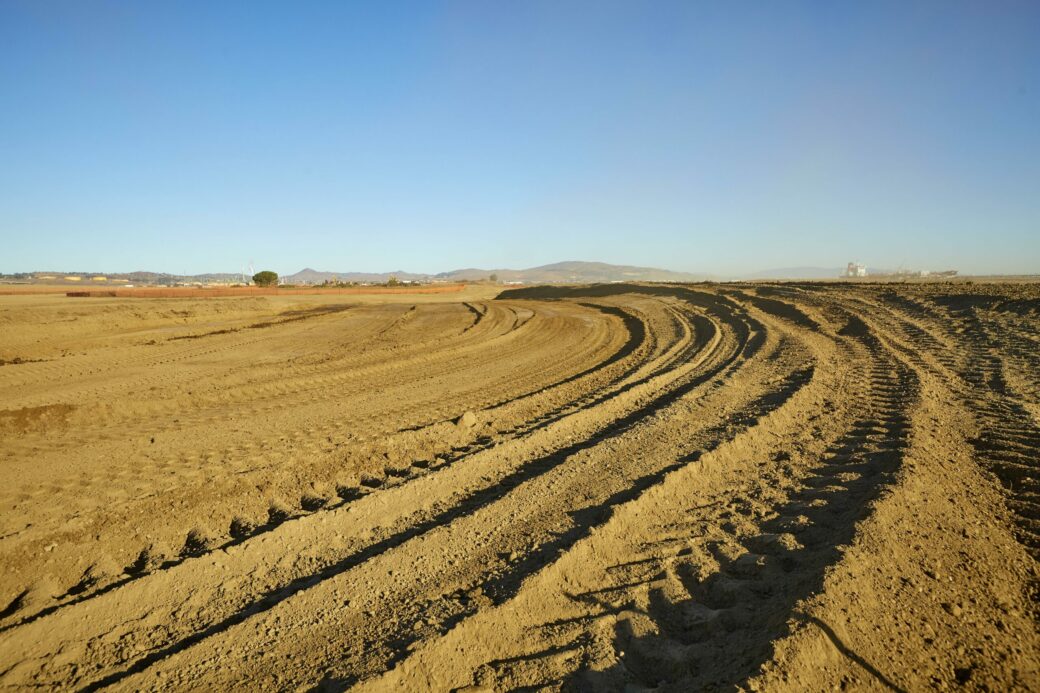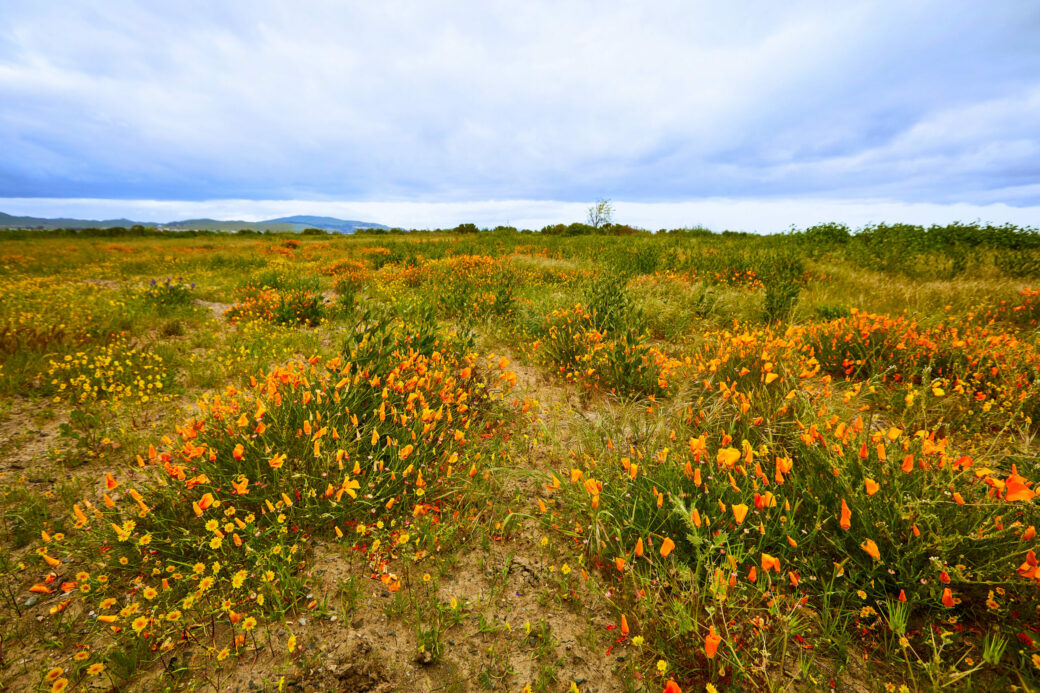Bay Delta Conservation: Pacheco Marsh Update

Cows & California: A Story of Grazing for Good
February 12, 2024
Wetlands: Nature’s Workhorses
July 9, 2024Times they are a changin'!
JMLT’s Pacheco Marsh restoration project is a decades-long effort to bring back a salt marsh habitat suffering from a century of harsh industrial overuse. Along the shores of Suisun Bay, we are creating a pristine wildlife refuge, an unprecedented opportunity for healthful recreation, and an educational center that will inform visitors about marsh ecosystems and how we can reverse harmful human activity.
It wasn't that long ago that photos of Pacheco Marsh showed mostly mud and heavy machinery. Things have changed! We asked photographer Adam Weidenbach to revisit the marsh with his drone and camera to provide a current look. We also chatted with Drew Goetting, whose firm, Restoration Design Group, is implementing public access features at the site.


A conversation with Drew Goetting, President & CEO Restoration Design Group
Q: What’s the latest at Pacheco Mash?
Drew: What strikes me is just how fast the tidal marsh has come back to life. The grading by heavy machinery was important for getting elevations right for the land to be inundated by tidal action and thus to reestablish the vegetation. This complex system—of moving water, deposition of sediment, and of plants growing and plants dying—is what fosters life in a marsh. It's amazing how a natural system has such resiliency. It can heal itself if given the opportunity. We’re planting some species, but we’re not really planting pickleweed. This has generated on its own! We provide the right conditions and the pickleweed just does its own thing.
Q: What’s special about the site?
Drew: I’m constantly reminded how intensely industrial the surrounding area is. This juxtaposition of oil refineries, bridges, and tanker ships offshore—all within view when you're out on the marsh—speaks to the theme of ecological reconciliation. We can't restore the site as it was before European impacts. But, we can restore ecological function. Our interpretive program will not shield that industrial infrastructure from view. It is part of the landscape. We can have endangered species and native plants thriving here—a place full of life within an otherwise dreary context.
We've lost 90% of San Francisco Bay marshlands. Pacheco Marsh reminds us that we have the ability to change our habitat. We can create a place where people go outdoors and see natural processes up close. That’s an inspiring message of hope about our future. These habitats are being restored in a manner that anticipates sea level rise due to climate change. We can adapt to the impacts that we've created on our planet.
Q: What’s happening now?
Drew: You might think not much is happening right now. We’re in the “Establishment Phase.” It’s a battleground out there. We’re trying to promote native plants such as pickleweed and salt grass, and get those established. At the same time, we’re trying to weed out the invasives. A freshly graded place is heaven for weeds. Even when the natives are established, the threat of invasives doesn't go away. But we try to turn the tide of the battle in a way that becomes manageable.
Q: What happens next?
Drew: Next comes the building and installation of public access infrastructure. It can take months for sourcing of materials and fabrication. Pathways on the site will create two loops—an east loop and a west loop. There will be three bridges. One bridge will allow vehicles so that JMLT can control and manage the park. The crown jewel will be the northern bridge. At 137 feet long it will be a pretty amazing structure. Visitors will walk all the way to the end of the property because this bridge will have some of the best views at 10-20 feet elevation. There will be a third bridge by the river, allowing for a loop on that side.
Other features will be an informal outdoor classroom with seating, but it's meant to be very low key. There will be five or six vista points—some with benches and interpretive elements. There will be a stout steel structure that serves as a bird blind. We’ll build a staging area for about 30 cars, with ADA-accessible parking and an ADA-accessible pathway that'll lead out to the vehicle bridge and a small floating dock. At the staging area will be an interpretive center with informative panels about ecology, land-use history and the theme of ecological reconciliation. And two nicely designed shade structures.
Q: How does Pacheco Marsh fit in with other shoreline projects?
Drew: The California coastline along the Pacific is very rugged with intense currents so you don't have coastal tidal marshes. These happen in protected bays. The Sacramento San Joaquin River system is the biggest, so it has the largest intact tidal marshes in the state. What's unique about this project is that it's on the south shore of Suisun Bay where there is the most development. It’s amazing to be on the marsh and see a massive ship floating by and the nearby industry. It speaks to the theme of ecological reconciliation. I think that's what really makes the site so compelling and inspiring

